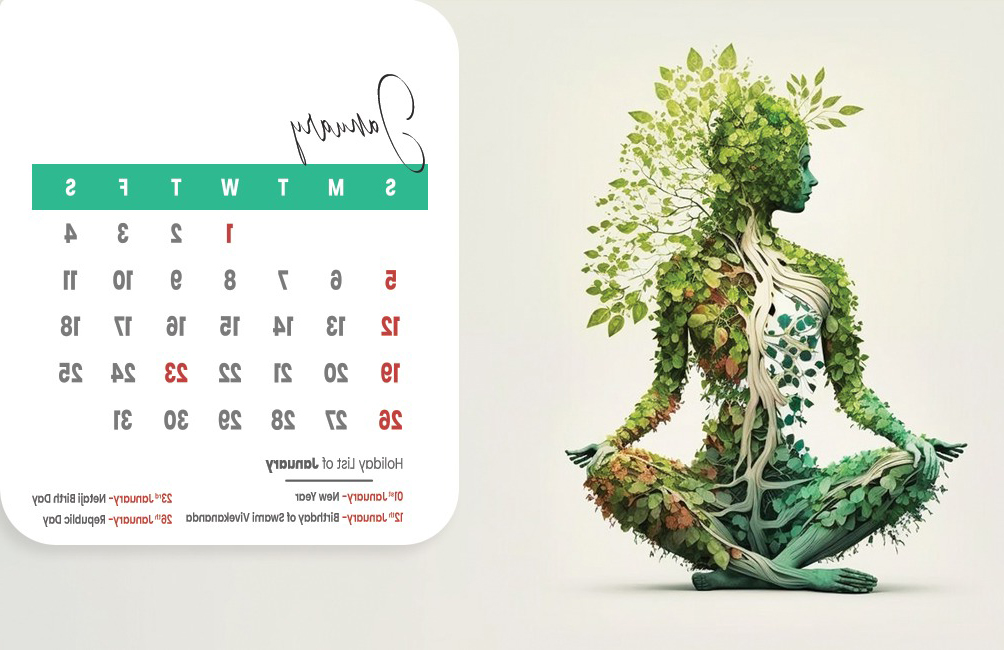From Seed to Tree: Exploring the Lifecycle of Plants and Its Impact in 2024
Absolutely! From
seed to tree, the lifecycle of plants is a fascinating journey that underpins
all life on Earth. In 2024, understanding and appreciating this cycle is more
important than ever as we grapple with challenges like climate change and food
security.
The Seed
Germination
When the right conditions arrive, such as adequate moisture and warmth, the seed will germinate. The seed coat splits open, and a tiny root emerges, followed by a shoot that will become the stem. The seedling relies on stored nutrients in the seed until it can develop its leaves and begin photosynthesis.
Growth
As the seedling continues to grow, it develops roots that anchor it in the soil and absorb water and nutrients. The stem grows taller, and leaves expand to capture sunlight for photosynthesis. Plants use sunlight, water, and carbon dioxide to produce energy (glucose) and oxygen. This process is essential for all life on Earth.
Maturity
Depending on the plant species, it may take weeks, months, or even years for a plant to reach maturity. During this time, the plant will continue to grow and develop, eventually producing flowers or cones for reproduction.
Reproduction
Flowering plants reproduce through pollination, which is the transfer of pollen from the male part of a flower (stamen) to the female part (pistil). Pollination can be carried out by wind, insects, birds, or other animals. Once pollination occurs, the flower will develop into a fruit or seed pod that contains new seeds.
The Impact of Plants in 2024
Plants play a critical role in our planet's health and well-being. Here are some of the reasons why understanding the lifecycle of plants is especially important in 2024:
Climate Change: Plants absorb carbon dioxide, a greenhouse gas that contributes to climate change. By planting trees and protecting existing forests, we can help to mitigate the effects of climate change.
Food Security: Plants are the primary source of food for humans and animals. As the global population grows, it is essential to ensure that we have sustainable and efficient methods of plant production.
· Medicine: Many medicines are derived from plants.
Understanding the plant lifecycle can help us to develop new and more effective
treatments for diseases.
· Biofuels: Plants can be used to produce biofuels, which are a
renewable and sustainable alternative to fossil fuels.
In conclusion, the lifecycle of plants is a complex and essential process that underpins all life on Earth. By understanding and appreciating this cycle, we can make informed decisions about how to protect our planet and ensure a sustainable future.

.jpg)

.png)
.png)






